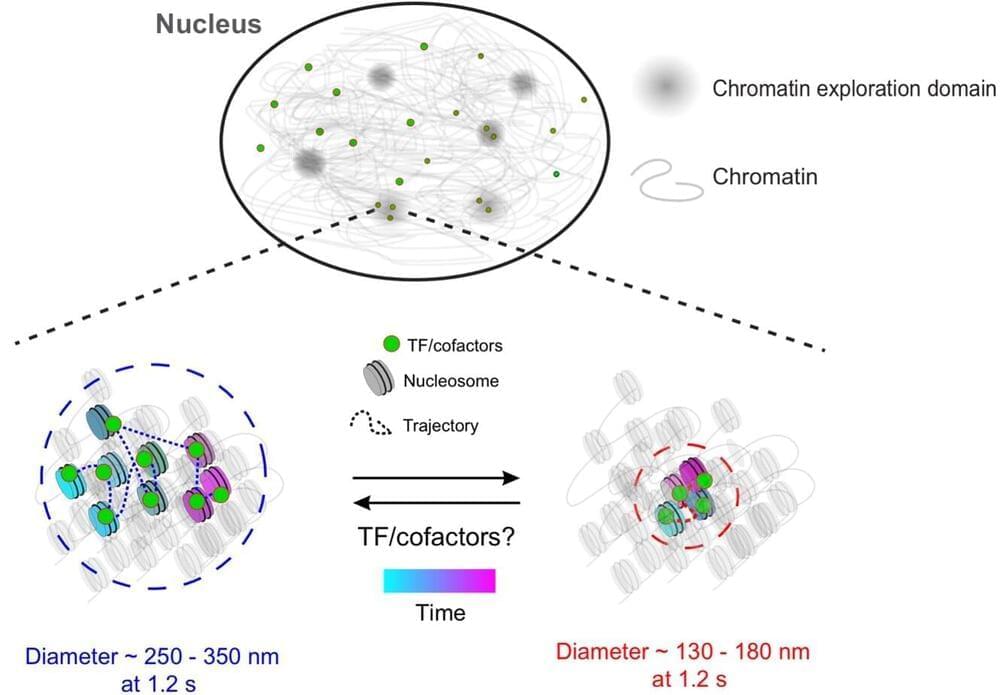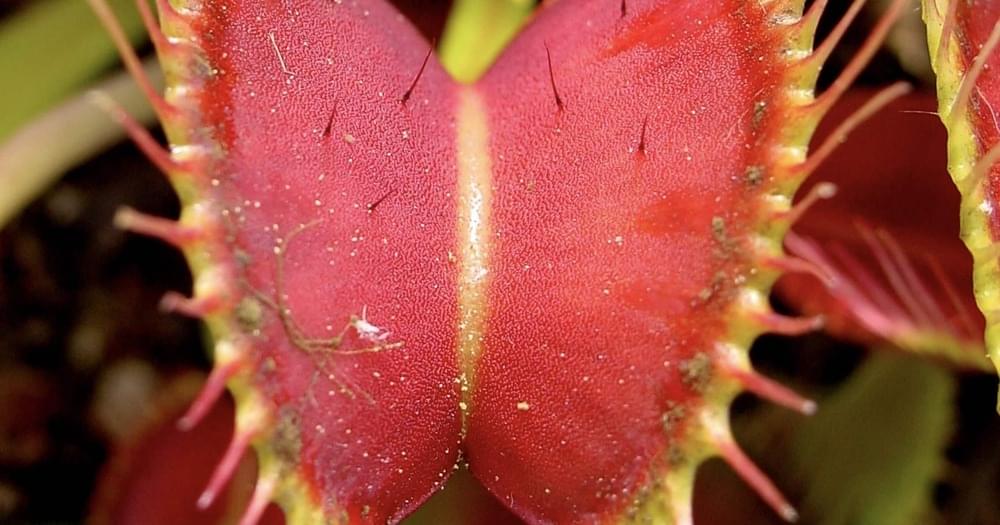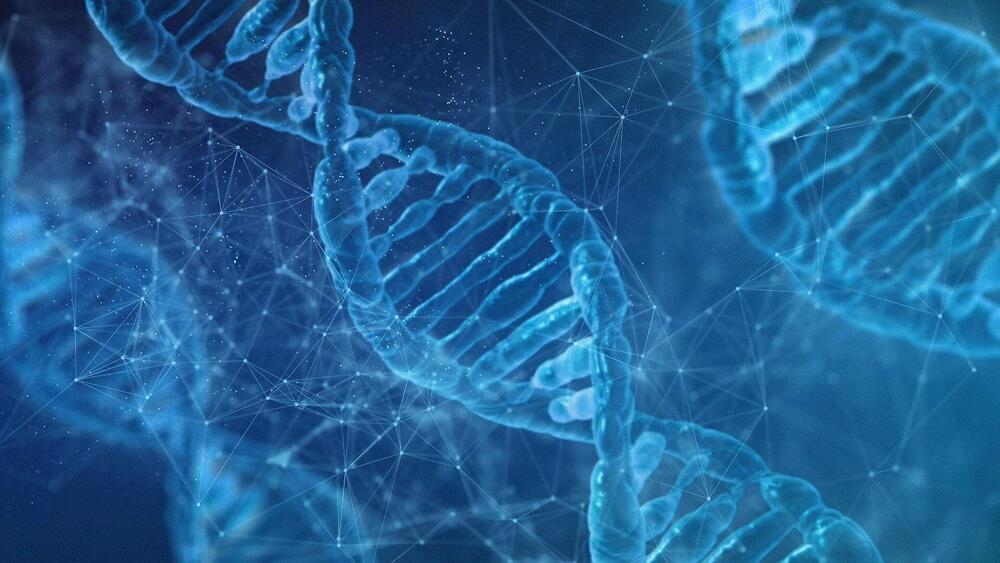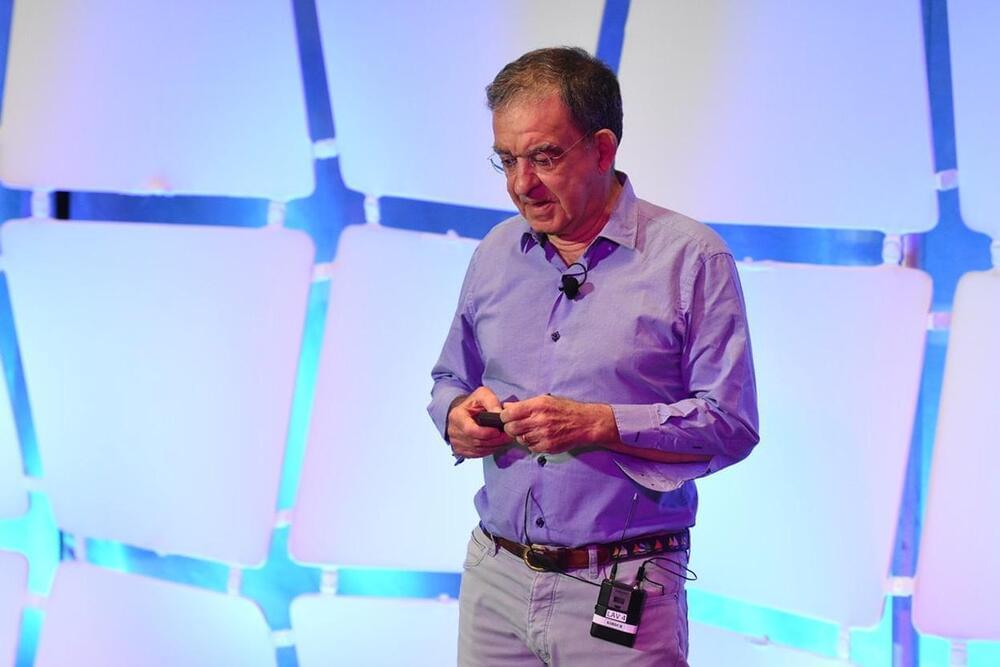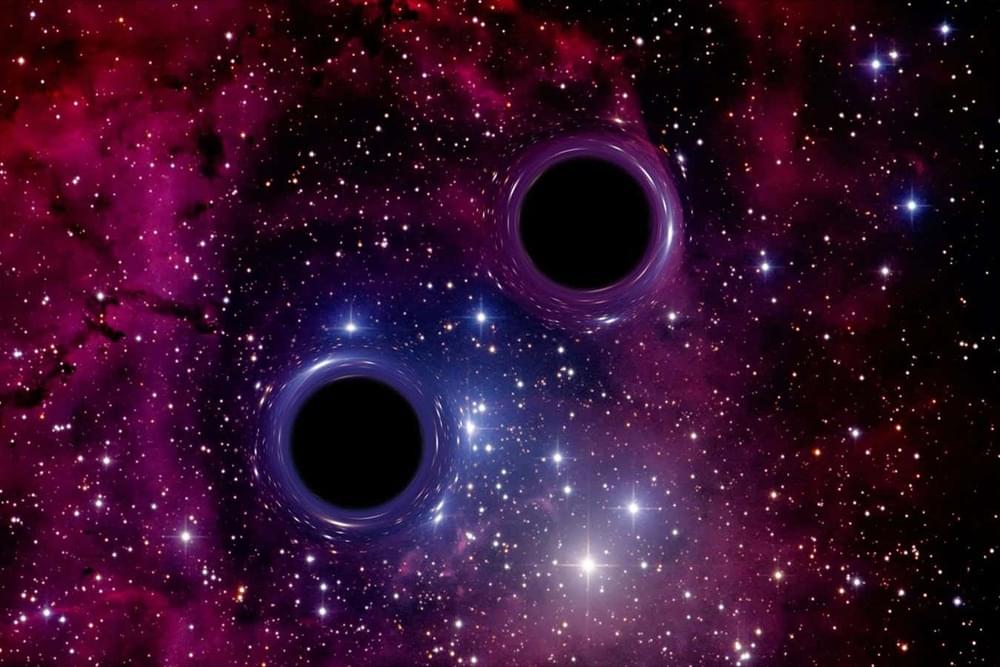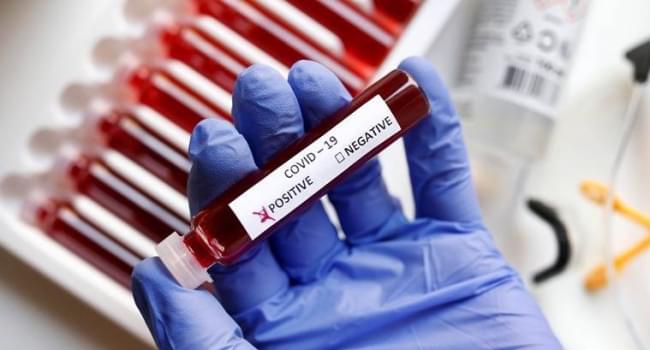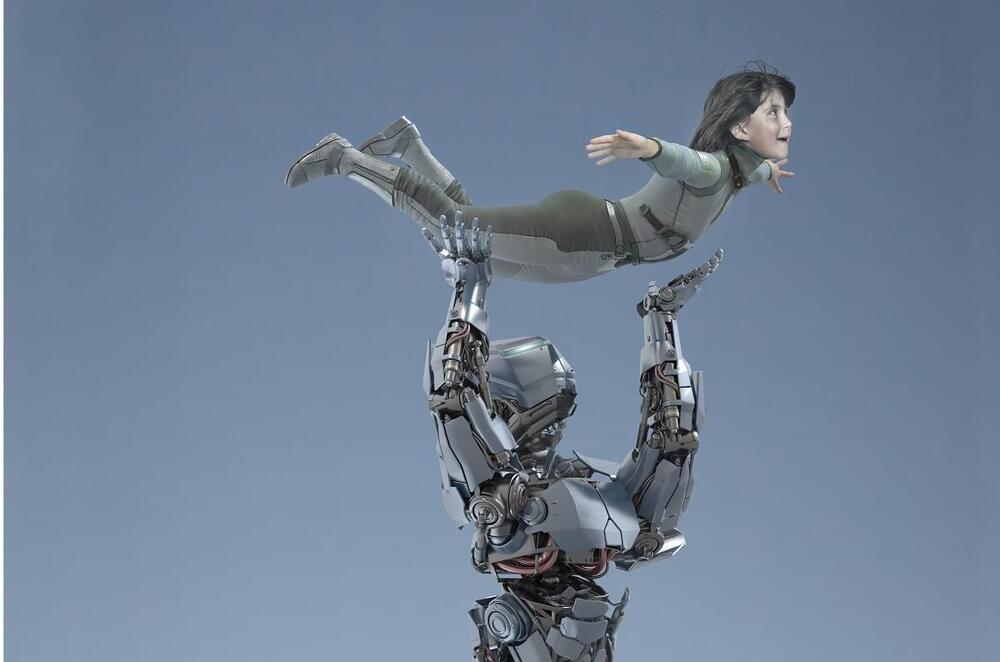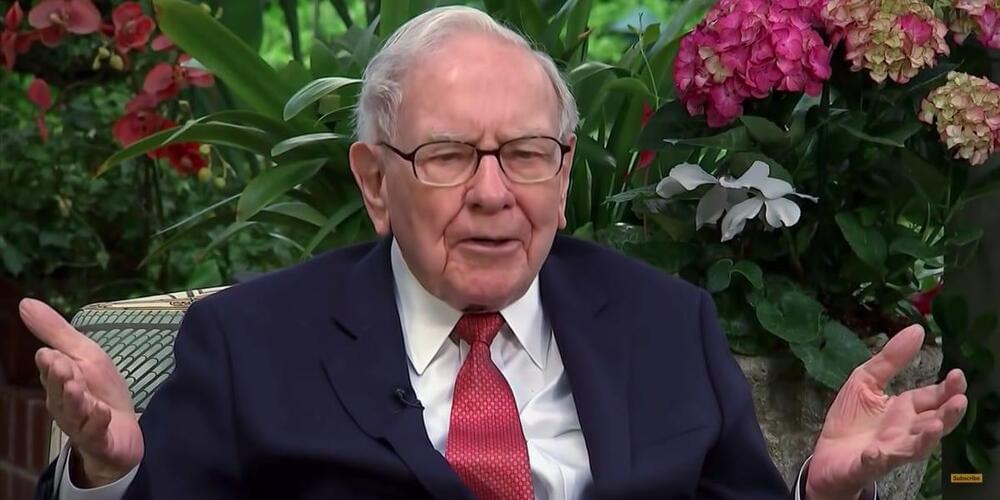We’ve watched the remarkable evolution of robotics over the past decade with models that can walk, talk and make gestures like humans, undertake tasks from moving heavy machinery to delicately manipulating tiny objects, and maintain balance on two or four legs over rough and hostile terrain.
As impressive as the latest robots are, their accomplishments are largely the result of task-specific programming or remote instruction from humans.
Researchers at ETH Zurich have developed a program that helps robots tackle activities that do not rely on “prerecorded expert demonstrations,” as the developers put it, or “densely engineered rewards.”

